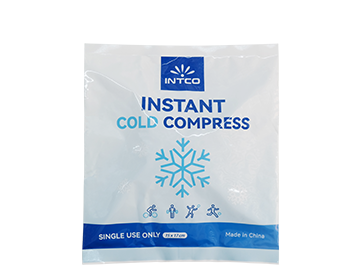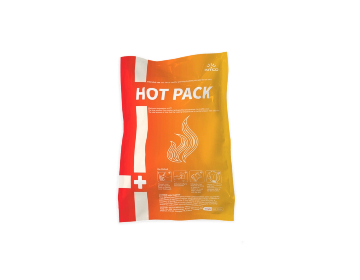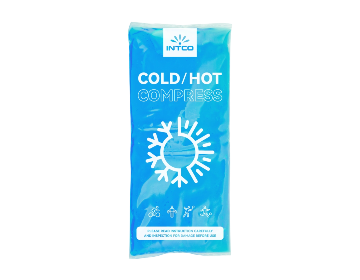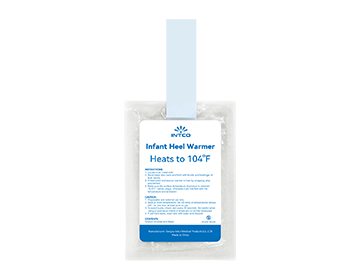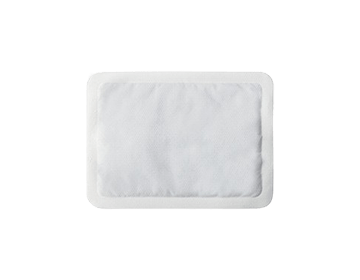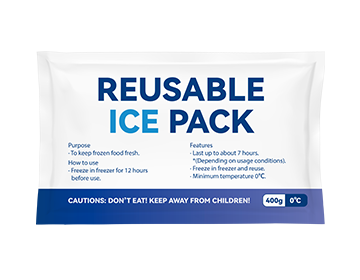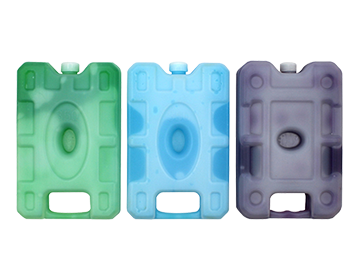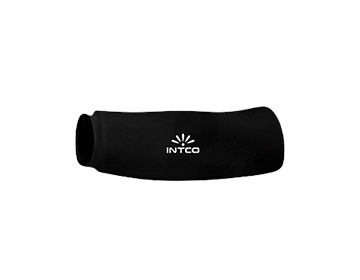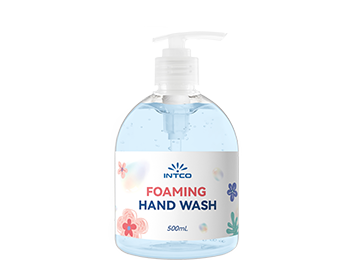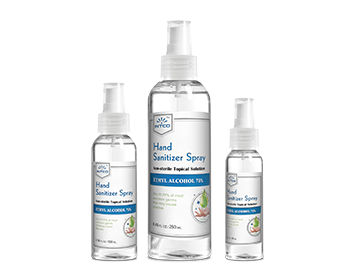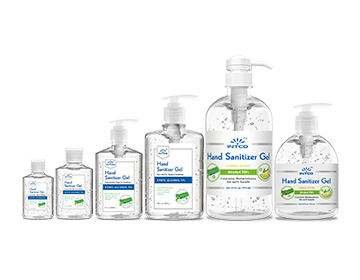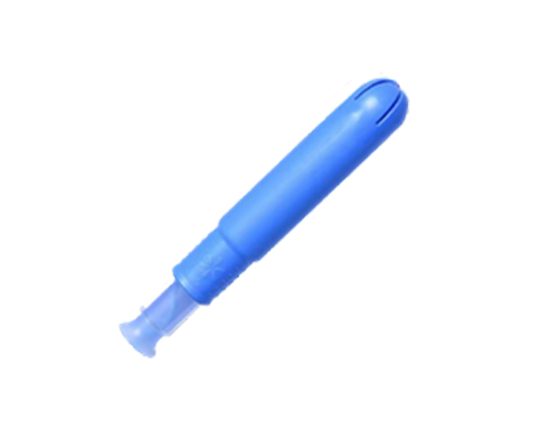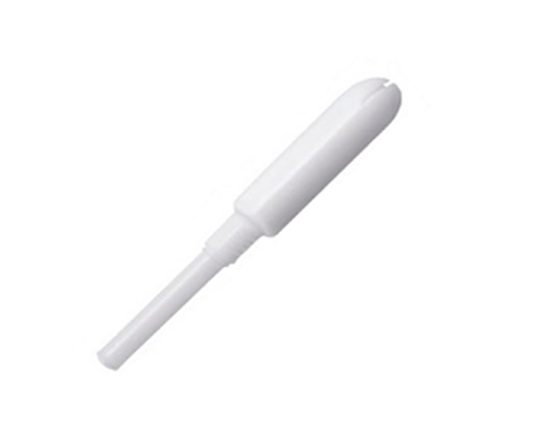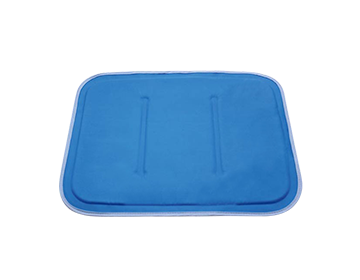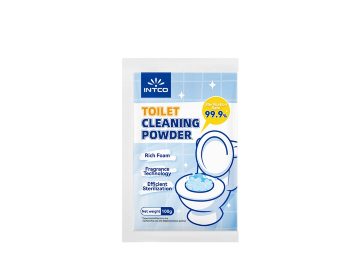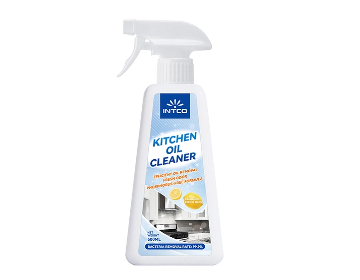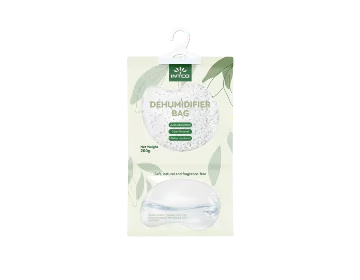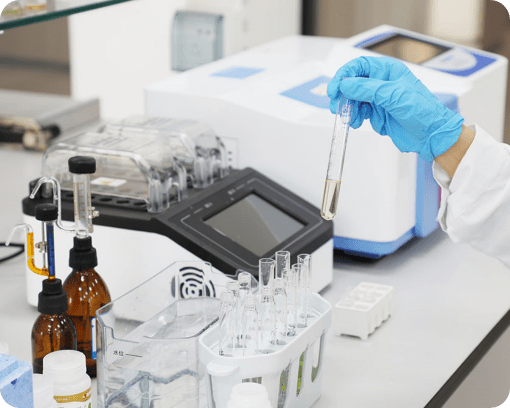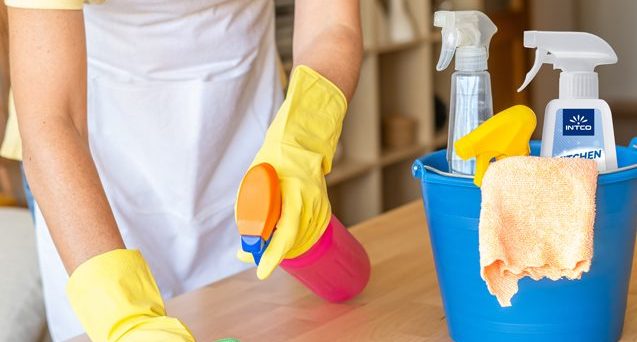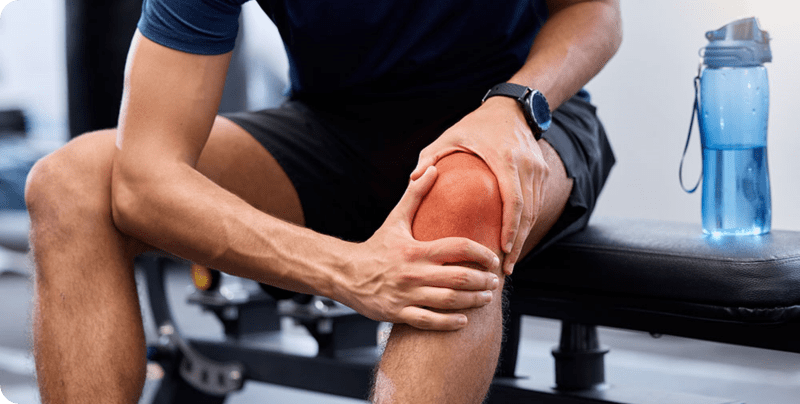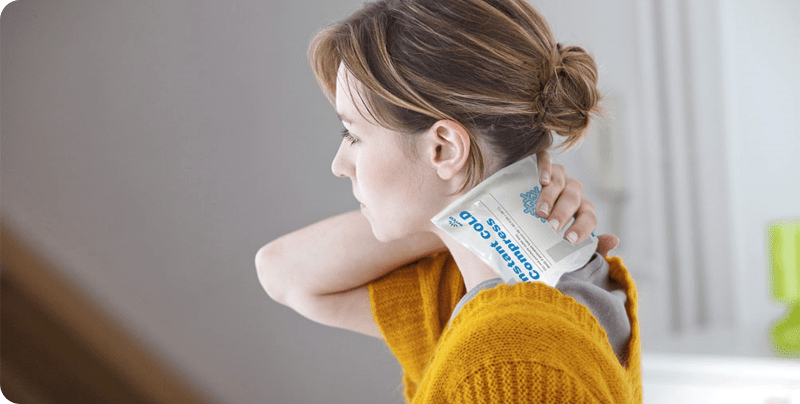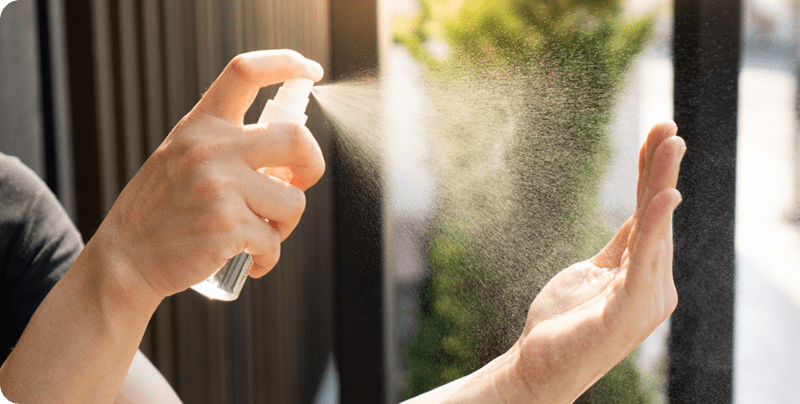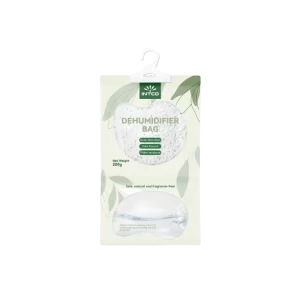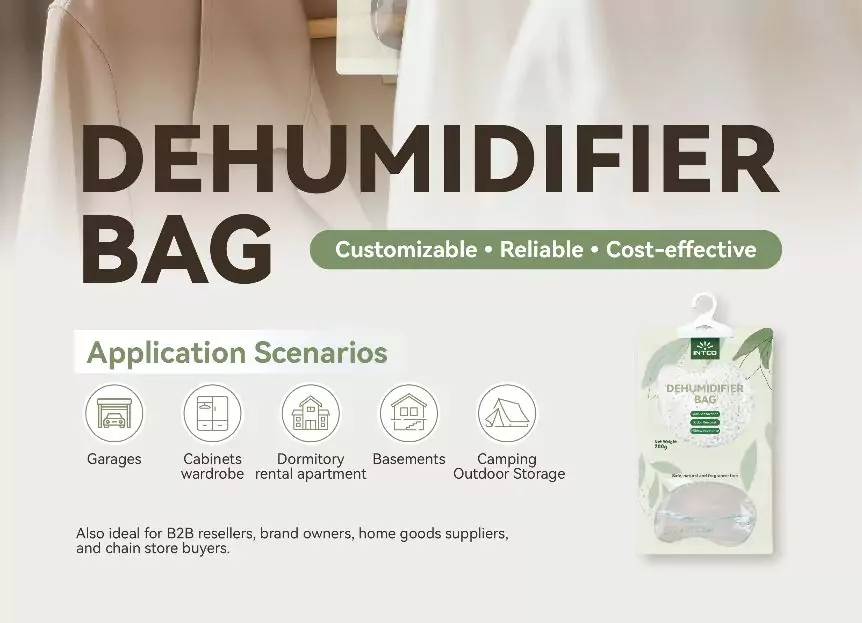Use Dehumidifier Bags in Cars, Wardrobes, and Travel Luggage: A Complete Guide
Moisture buildup is a silent enemy that can damage personal belongings, encourage mold growth, and create unpleasant odors. Whether it’s in your car, wardrobe, or suitcase, trapped humidity often leads to discomfort and even health risks. Dehumidifier bags offer a simple, portable, and cost-effective solution to combat excess moisture. This article explores how to use dehumidifier bags effectively across different scenarios, their benefits, and what makes modern leak-proof, scented bags more user-friendly than ever.
Why Moisture Control Matters
The Hidden Dangers of Humidity
Humidity isn’t just a comfort issue—it impacts air quality and the integrity of stored goods. According to the U.S. Environmental Protection Agency (EPA), maintaining indoor humidity below 60% helps prevent mold growth, dust mites, and musty odors. Excess moisture can also degrade fabrics, electronics, and leather products, making moisture control critical in enclosed spaces.
Common Everyday Problems Caused by Moisture
· In cars: Foggy windshields, damp seats, and lingering odors.
· In wardrobes: Mold on clothes, yellow stains, and unpleasant smells.
· In travel luggage: Musty odors after long storage or international trips.
Dehumidifier bags provide a targeted, chemical-free way to absorb excess water vapor in these scenarios.
What Are Dehumidifier Bags and How Do They Work?
Core Functionality
Dehumidifier bags typically contain hygroscopic agents (such as calcium chloride) that draw moisture from the air. As moisture is absorbed, it is locked into the bag’s inner layer, preventing leaks or reverse dripping.
Modern Design Features
|
Feature |
Benefit |
|
Leak-Proof Structure |
Ensures water stays locked in, no messy spills. |
|
Transparent Window |
Allows users to monitor absorption progress. |
|
Custom Scents |
Provides optional fragrance (lavender, lemon, ocean, etc.). |
|
Compact & Portable |
Easy to hang or place in small areas. |
This combination makes dehumidifier bags not just functional but also user-friendly.
Using Dehumidifier Bags in Cars
Why Cars Are Vulnerable to Moisture
Cars often become sealed environments where condensation accumulates—especially in rainy or winter months. Foggy windshields and damp odors are common complaints.
How to Place Dehumidifier Bags in Vehicles
· Dashboard or windshield area: Reduces fog formation.
· Under car seats: Keeps fabric dry and prevents mold.
· Trunk: Useful for absorbing moisture from groceries or sports gear.
Additional Benefits
According to the Automobile Association in the UK, reducing moisture inside vehicles not only improves comfort but also helps prevent corrosion of internal components.
Using Dehumidifier Bags in Wardrobes
Protecting Clothes and Fabrics
Clothes made of cotton, silk, or leather are particularly prone to mildew when exposed to excess moisture. A 2023 report from The Textile Research Journal highlights that humidity above 65% significantly accelerates fabric deterioration.
Placement Tips
· Hang dehumidifier bags near corners or doors where airflow is limited.
· Place bags on lower shelves to capture moisture rising from floors.
· Replace bags every 1–2 months or when the transparent window shows full absorption.
Fragrance Customization
Dehumidifier bags with scents like lavender or lemon can double as natural wardrobe fresheners, making clothes smell fresh while preventing mildew.
Using Dehumidifier Bags in Travel Luggage
Challenges of Traveling with Luggage
When suitcases are stored in humid environments—airports, hotels, or storage rooms—they trap moisture. This often results in musty odors, particularly after long flights or when returning from tropical destinations.
How Dehumidifier Bags Help Travelers
· Before packing: Place bags in empty luggage to prevent odor buildup.
· During travel: Keep a small bag inside the suitcase to protect fabrics and electronics.
· After travel: Absorb lingering moisture while luggage is stored.
Pro Traveler Tip
Opt for fragrance-free options if you’re carrying food, sensitive fabrics, or documents to avoid unwanted scent transfer.
Comparing Dehumidifier Bags Across Use Cases
|
Scenario |
Benefits |
Recommended Bag Type |
|
Cars |
Prevents fog, odors, and corrosion |
Compact, fragrance-free or subtle scents |
|
Wardrobes |
Protects fabrics, prevents mildew |
Hanging design, scented options (lavender, lemon) |
|
Travel Luggage |
Prevents musty odors during/after travel |
Lightweight, leak-proof, fragrance-free |
This table highlights how selecting the right size and scent can maximize effectiveness.
Expert Insights on Moisture Management
· EPA Recommendation: Keep indoor humidity levels between 30–50% for optimal comfort and health.
· Mayo Clinic: Excess humidity can trigger asthma and allergies due to mold and dust mites.
· Textile Experts: Long-term exposure to humidity leads to yellowing and weakening of fabric fibers.
These insights reinforce the importance of proactive moisture control, especially in enclosed spaces like cars, wardrobes, and luggage.
How to Choose the Right Dehumidifier Bags
Key Factors to Consider
1.Absorption Capacity – Larger wardrobes and trunks require bigger bags.
2.Leak-Proof Design – Essential for luggage or cars to prevent spills.
3.Transparency Window – Helps track when replacement is needed.
4.Fragrance Options – Lavender for relaxation, lemon for freshness, fragrance-free for sensitive items.
5.Replacement Cycle – Choose products with clear usage timelines.
Eco-Friendly Options
Some brands now use recyclable packaging and natural fragrance oils, aligning with sustainable consumer preferences.
Conclusion: A Small Product with Big Benefits
Dehumidifier bags may seem simple, but their impact is significant. From preventing mold in wardrobes to reducing fog in cars and keeping luggage fresh, they are versatile tools for everyday life. With leak-proof construction, transparent windows, and customizable scents, modern dehumidifier bags are designed to provide both protection and convenience.
As a trusted global manufacturer, INTCO Medical provides high-quality dehumidifier solutions with OEM and ODM services, tailored to meet the needs of brands worldwide. Whether you need bulk production, custom scents, or private labeling, INTCO can be your reliable partner in moisture management.
FAQs
Q1: How long do dehumidifier bags last?
Most dehumidifier bags last 1–2 months depending on humidity levels and space size. The transparent window helps monitor usage.
Q2: Can dehumidifier bags be reused?
Generally, no. Once saturated, they should be replaced. Reusable silica gel packs are an alternative, but they often have smaller capacity.
Q3: Are dehumidifier bags safe for cars with children or pets?
Yes, if placed securely. Leak-proof designs prevent accidental spills. It’s best to keep them out of direct reach.
Q4: Do scented dehumidifier bags leave fragrance on clothes?
Lightly, yes. Fragrance-free options are available for sensitive fabrics.
Q5: Can I use the same bag for cars, wardrobes, and luggage?
Technically yes, but effectiveness increases when you select bags designed for specific spaces (e.g., hanging type for wardrobes).

